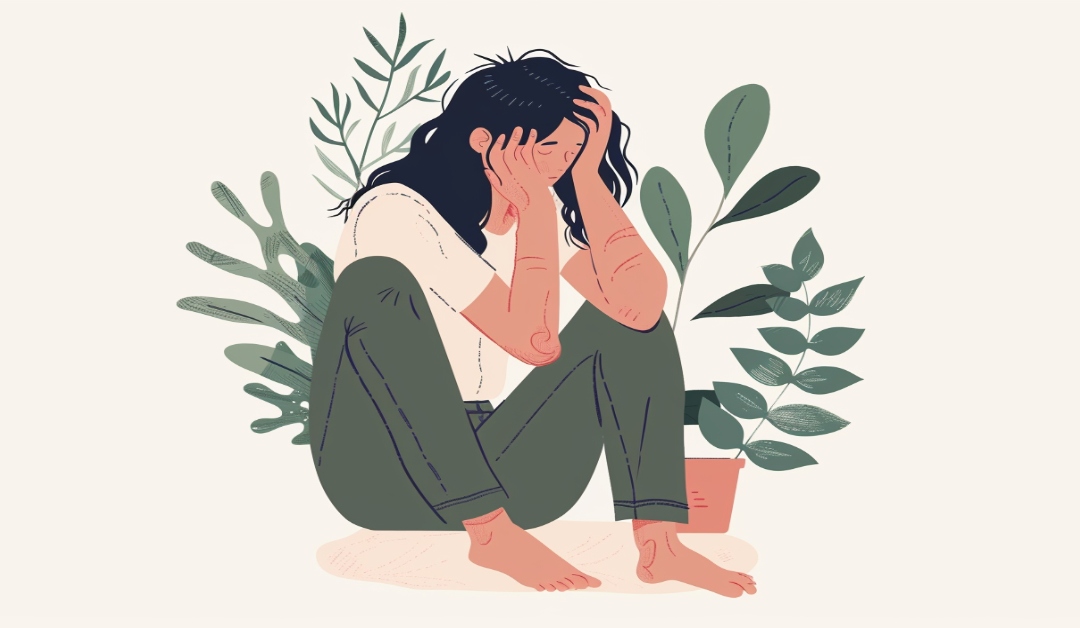
Body + Mind is reader-supported. We may earn an affiliate commission when you buy through some of the links on our site.
Migraines are much more than a headache. They’re an entire host of symptoms that may include dizziness, nausea and visual disturbances that prevent you from doing your daily tasks. How long can a migraine last?
Unfortunately, it’s impossible to give a precise timeline — but you have clues based on research and other people’s experiences. This disorder is complex, comes in various types and can result from multiple causes, as much as the symptoms look similar. How long will your pain last? Let’s examine the typical migraine.
Most migraines last for several hours. However, there are various stages to an attack that can last up to three days. Rarely, migraines will last longer, although people who experience this often have a more rare, complex form of the disorder.
A typical migraine goes through four distinct phases in most sufferers. Here’s what you can expect from each one.
Migraines are the second-leading cause of disability worldwide. Those who experience them understand why — it’s often impossible to drive or work when an attack occurs. Some people have multiple episodes a month, greatly interfering with their quality of life.
Migraine triggers vary from person to person. For example, one individual may do fine with chocolate, while a mere whiff of the stuff sends another into an attack. However, here are some common precipitating factors:
Sometimes, an atypical migraine can last longer than a traditional attack. Other times, you have symptoms that may come and go, with or without associated head pain. While it’s beyond the scope of this article to take an in-depth look at atypical migraine, here are some types you should know about:
Occasionally, a migraine can last longer than a week. Status migrainosis refers to any migraine that lasts longer than 72 hours. How long can it last? Sometimes, for life.
Treating this type of migraine presents special challenges. Those who experience status migrainosis run a high risk of medical trauma, as even professionals may suspect — or outright accuse — them of exaggerating their symptoms. Many try treatment after treatment without success.
Unfortunately, status migrainosis can lead to isolation and mental health problems. Those with this condition often must make significant lifestyle changes, such as reducing their work hours, telecommuting or leaving the workforce altogether. While they can thrive with support, the invisible nature of their illness often leads to issues relating to others who doubt their experience.
Fortunately, most migraines disappear on their own within 72 hours. All you need to do is wait it out in a dark room, tending to your comfort and taking pain medication as you are able to stomach it. However, some situations warrant a visit to the ER.
You should seek medical attention for any migraine that feels like the “worst pain ever,” as it could be a sign of a stroke. Likewise, attacks that result in lack of consciousness or partial paralysis also warrant emergency treatment because of the stroke risk. If it is a stroke, doctors must administer some medications within the first four and a half hours, so please don’t delay.
Now that you know how long a migraine lasts, you still crave faster relief. Although these home remedies might not entirely alleviate your symptoms, they can make you feel better. Here’s what to do if an attack strikes:
A migraine typically lasts a few hours to days. However, sometimes, they can be longer or shorter, especially if you have an atypical type.
Although most migraines disappear on their own, you should seek medical care for any migraine that lasts more than 72 hours. Otherwise, try one of the above home remedies or rest quietly and wait for the storm to pass.
Updated on March 1, 2024
Your email address will only be used to send you our newsletter, and at any time you may unsubscribe. For more information, see our Privacy Policy.